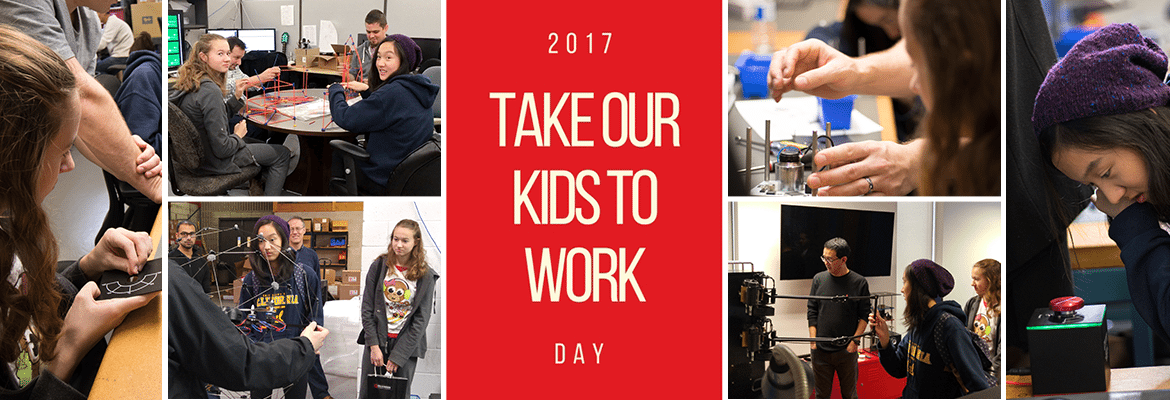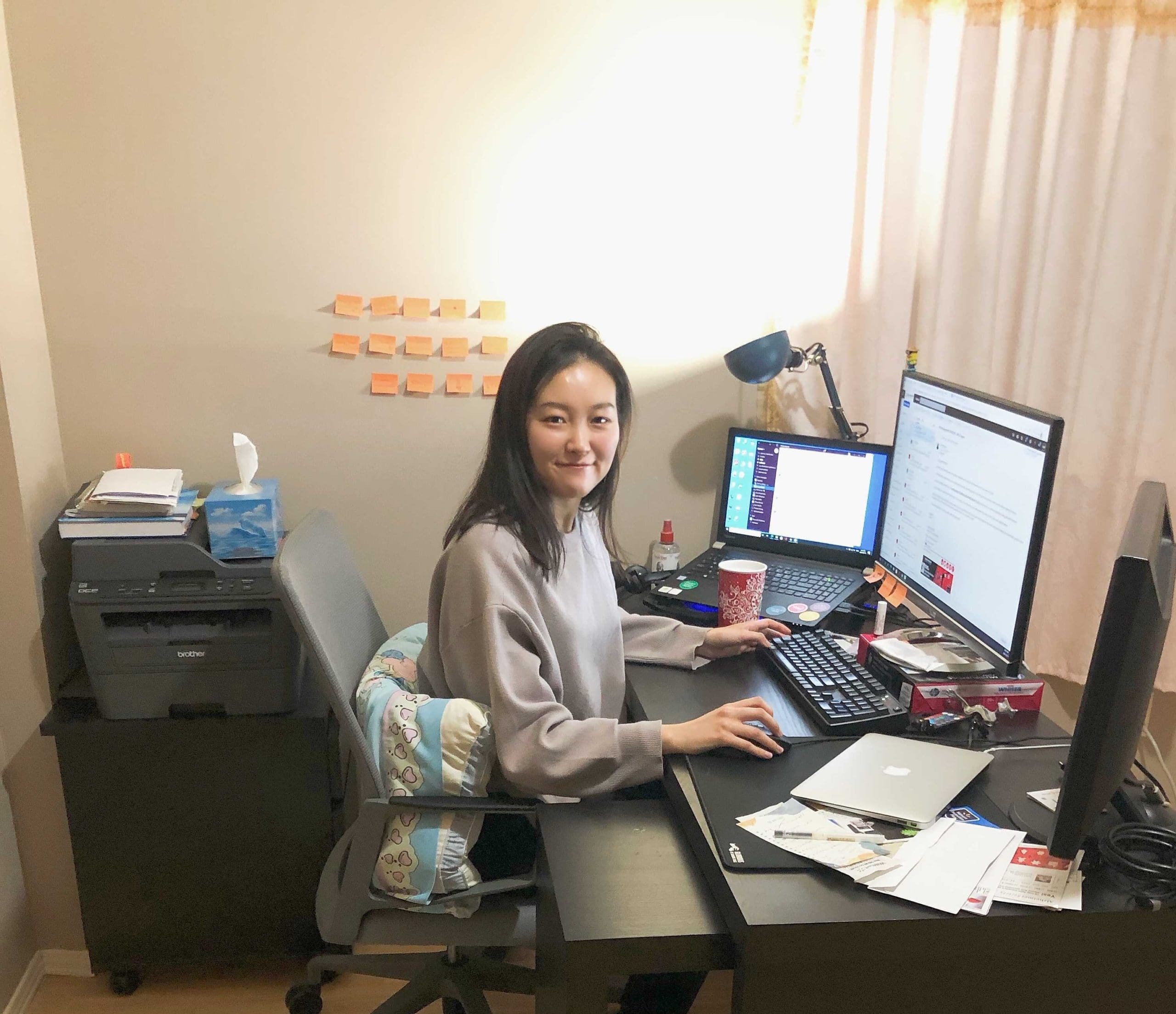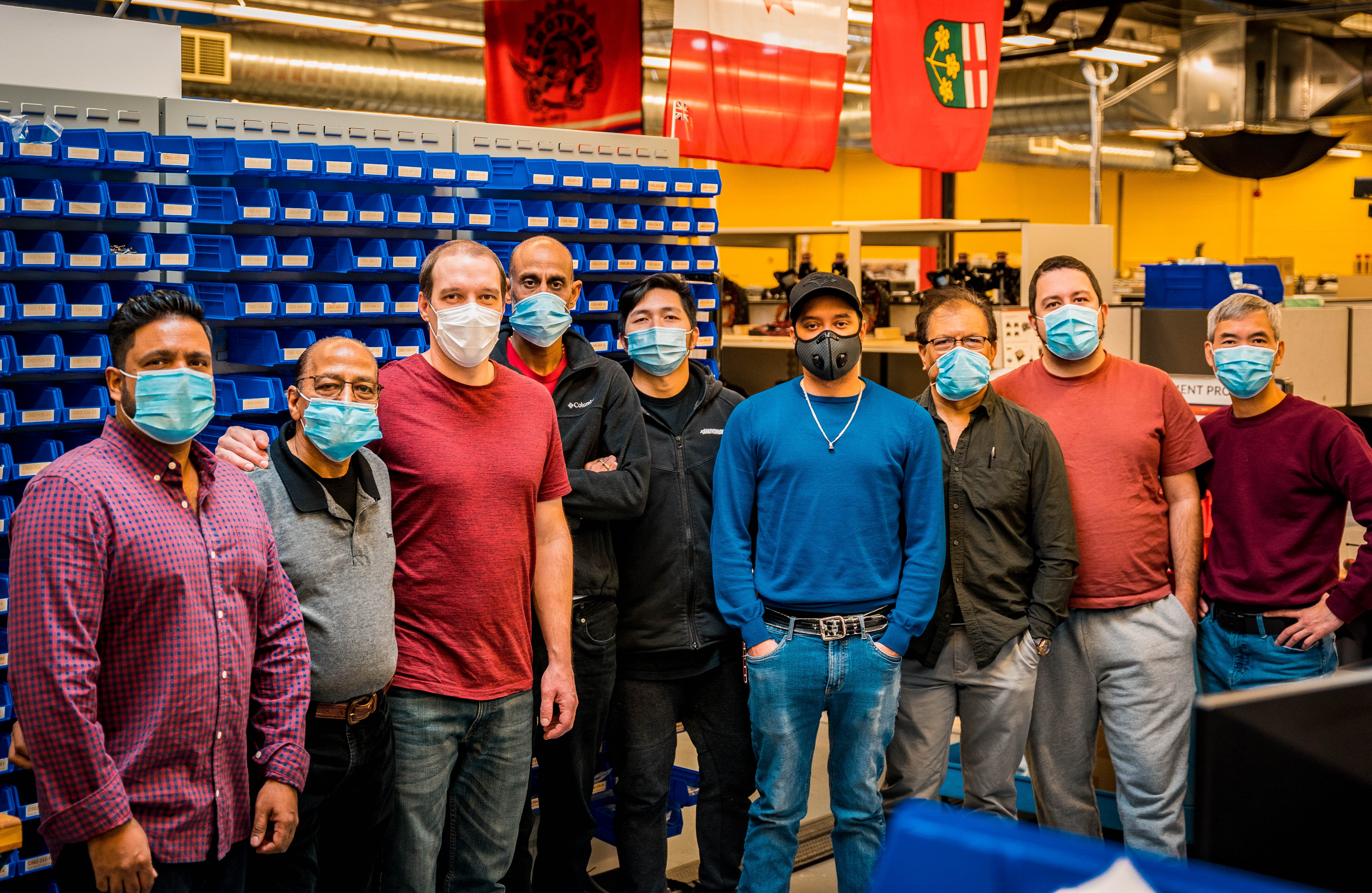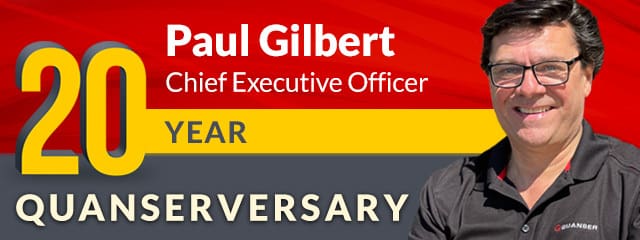
Episode 1: Initial Conditions
Yes, indeed, in January of 2002, I started my journey with the founder Dr. Jacob Apkarian and Quanser. It is surreal now to think how simple it was to start, but how profoundly enjoyable and rewarding this experience has been.
Thanks for taking the time to read this walk down memory lane as we celebrate this milestone.. Hopefully, there will be something here for you as I discuss, in this and future blogs: why I joined and what I thought I could achieve, technology transformation, our mission & company culture, and a few memorable highlights and thoughts on what may be on the horizon.
Back in December of 2001, when the world was reeling from the potential ramifications of the 9/11 attacks in the US, I wondered what my next career move would be. I’d just parted company with a small training firm that I had run for a couple of years and was reflecting on why I had not felt more fulfilled. My wife (Joanne) and I also had three daughters under four, twins included, so the home front was not a place for peaceful reflection. What to do!?

Gilbert family (2003)
Looking back on my history at Quanser, I marvel at how perfect the fit for me was. It filled the void that had been lacking in previous leadership roles I had held – PASSION. The mission of the company, the technological ride, the people, and the customer base have driven that passion now for 20 years, and if there is a lesson in there, it would be: don’t settle for a role that is not meaningful to you in your professional life. You spend way too much time there, and it is no fun if your heart is not along for the ride.
However, I have to admit the decision-making process to join the company was not one I would recommend to others. Joanne had started her small marketing company and was already with Quanser a couple of days a week. As I attempted to wallow in self-pity at not having the perfect job, she forced me to help her. Working with her to position the company in the market, I became very intrigued with the business’s potential. A veritable diamond in the rough! The company was 12 years old and Jacob had roughly six or seven employees with a passion for fantastic engineering designs, and an affinity for academics. What Jacob did not have, was a desire to spend time in business development or build a process-driven operation. But, he knew it needed to get done. So, one day in December 2001, we had lunch. At the end of the meal, we had convinced each other that it would be a good idea for me to join Quanser, but he couldn’t afford us both, and so I’ll never forget my job offer: “Joanne, you’re fired … Paul, you’re hired!” I started work that day at my wife’s desk, with all her desktop accessories, and fortunately, Jacob never found a way to get rid of me!

Paul Gilbert (Japan 2003)
Before joining Quanser, I’d had a wide variety of experiences starting in the aerospace industry as a design engineer before completing an MBA in Canada. I then worked in various roles at a multinational in business development, culminating as Director of Sales and Marketing. Finally, I had served as President of a packaging company and then CEO of an industrial training company. I believed that I could turn my business skills into success in any business. All I had to do was learn the industry dynamics and become familiar with the technology. Simple, right? So I set to work and quickly realized that the rules governing a company supplying the academic community were very different from the industrial world, which terrified me. After 20 years, I am still adjusting (albeit with a lot more wisdom borne from years of experience).
From my professional past and education, I’d learned that customers’ needs, in a business-to-business setting, could be defined relatively cleanly, and solutions could be offered and evaluated with available budgets, business deadlines, or milestones and deals negotiated. May the best company win!
The academic market is very different. As I soon found out, goals and objectives were rarely crystal clear, access to budget information was extremely hard to come by if not impossible, and relationships were absolutely essential (not that industrial relationships are not, but in this world, it is at a different level entirely). What was also not intuitively obvious was that unlike a commercial enterprise, where in theory the whole company is aligned to a common goal, academic institutions are comprised of a wide range of knowledgeable faculty, who have fiercely strong and often conflicting views. Finding common ground and access to funding back in 2002 was challenging to say the least. But by far, the single most important ingredient was to provide incredibly robust, high-performant technology and support.
To add to that stress, without a significant change Quanser was destined to remain a tiny firm because back then, the only person who could navigate and succeed in these rough waters was Dr. Jacob Apkarian himself. Unfortunately, he was also swamped designing new solutions, managing the finances, dealing with suppliers, mentoring young engineers, etc., which did not bode well for my goals to grow the company.
Despite this realization, I fell in love with the nature of Quanser’s world. The people I met, their passion for their work, and the huge variety of applications our technology could be used for was hugely motivating. The notion that students and postgrads could use our technology to develop skills that would ultimately enable them to create world-changing technology for various applications inspired me. From haptic robotic surgery and rehabilitation, autonomous vehicles for agriculture and intelligent transportation, collaborative robotics for smart manufacturing, intelligent cities, the list went on and on!
Back in 2002, Quanser focused on very advanced robotic platforms for research and high-quality controls plants for teaching. These products were valued by quite a niche audience of sophisticated research professors and faculty teaching the complex, mathematically challenging, elective subject of controls. In comparison, today Quanser has a global reputation for innovation, technical excellence, and support with an expanded range of solutions that are significantly more flexible and meet the needs of a much broader range of research and teaching demands.
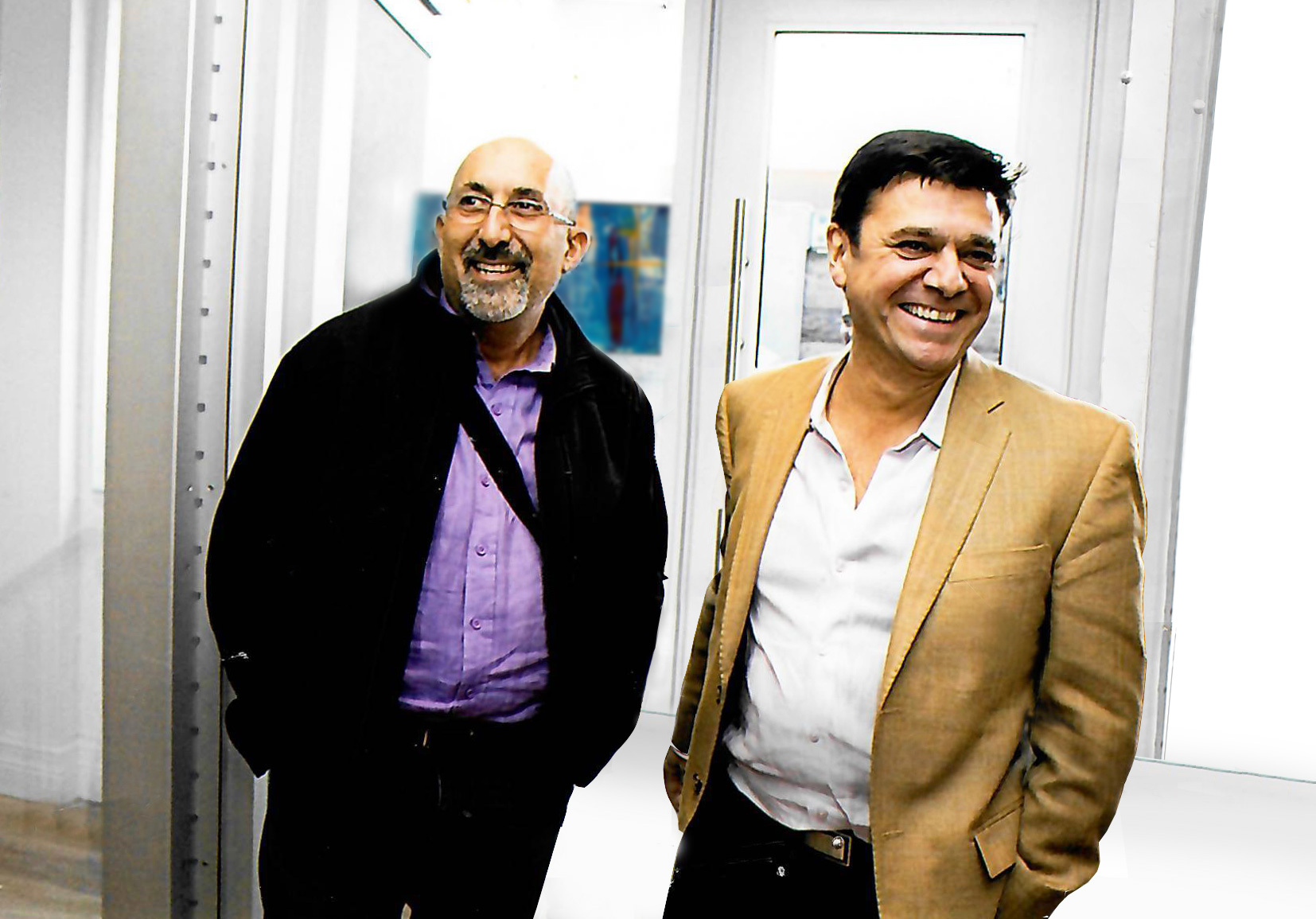 Dr. Jacob Apkarian, Founder of Quanser and Mr. Paul Gilbert, CEO of Quanser (2013)
Dr. Jacob Apkarian, Founder of Quanser and Mr. Paul Gilbert, CEO of Quanser (2013)
I wish I could say in hindsight that we drafted a clear path to success, and that, 20 years later, the fact that we are a successful and globally respected company was a forgone conclusion. Unfortunately, that is not true! Quanser has developed into the company it is today by sticking closely to a few key principles that are not easy to develop, mature, and maintain: quality people, relevant quality solutions, and building trust with our customers.
How did this get done? Over the next few articles I will share with you my philosophy on: how our company culture developed to be one of the defining features of Quanser, what we did to capitalize on a few key technological trends to enable our academic friends to succeed, and how we became one of the most trusted names in the academic community. Along the way, I’ll share some fun stories and anecdotes about places I’ve been and people I’ve met. Please join me as I reflect on this adventure.
